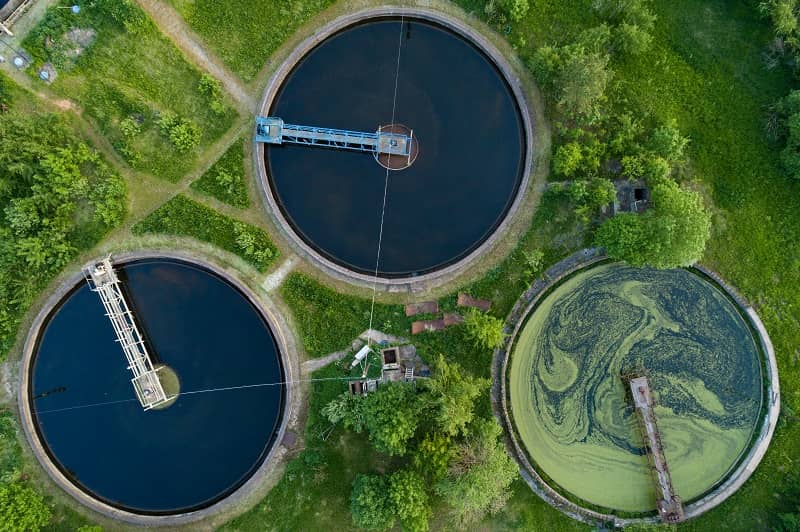Hundreds of millions of people across the country rely on the public sewer system on a daily basis without ever giving it much thought. When you have to go, you simply go. Ironically the sheer sophistication of this intricate system keeps the average person from having to think about it at all. In reality, a public sewer system is integral to promoting a functional, healthy, and livable society. Here, we’re going to pull back the curtain to check out the inner workings of a sewage system.
The Beginning Stages
The earliest stages of the public sewer system are the least mysterious. Homes and places of business have sinks, toilets, and drains that collect wastewater. Miles worth of piping within residential and commercial buildings carry the sewage away. There’s a significant amount of planning involved in the specific placement and angle of these pipes as the public sewer system relies largely on gravity to move wastewater from cities and suburbs to water treatment facilities.
This vast network of pipes eventually connects with sewer mains which collect the wastewater from surrounding areas. Depending on the capacity needs of the area, a local sewer main can range from 3 to 5 feet in diameter. It’s not uncommon for sewage pipes to follow naturally occurring streams to take the path of least resistance. Anytime you see a manhole, that’s an access point to the main sewer for maintenance purposes.
The pipes collecting wastewater become increasingly larger as more and more sewage flows into them before it eventually reaches a treatment facility. To maximize efficiency, these plants are typically built in low-lying areas to take advantage of the power of gravity. If necessary, a lift station or other means of forcefully moving the wastewater will get the collected sewage where it needs to go when the natural land won’t suffice.
Further Reading: Why Running Water Makes You Need to “Go”
The Wastewater Treatment Process
At a water treatment facility, sewage will undergo three stages of purification. The extent of treatment can vary between facilities depending on the demand and capability of each system.
Primary Treatment
The first phase sees the solids removed from the water, allowing the pollutants to rise to the top. Next, the solids are filtered out and taken to a landfill or incinerated. Generally, primary treatment is sufficient for removing 50% of bacteria, solids, and organic matter from the water.
Secondary Treatment
During the second stage of treatment, nutrients and organic materials are removed through a highly technical and advanced process. Specialized bacteria are set loose on wastewater in large tanks to eat everything in sight. Next, the wastewater is directed to settling tanks where the bacteria is removed. At this point, around 90% of unwanted materials are eliminated from the sewage.
Tertiary Treatment
The final stage of purification is specialized to a community’s specific needs. Generally, this phase will include the use of special chemicals to kill off nitrogen, phosphorous, and other potentially hazardous compounds. It can also include filter beds to remove any remaining material. The ultimate treatment is the use of chlorine to kill leftover bacteria. After this, the water is removed and cycled back into the community for use.
The Importance of Public Restrooms
Public sewer systems are critical to keeping cities clean, safe, and functional, but they’re only a piece of the puzzle. People need a place to “go” when they’re not at home. Unfortunately, traditional public restroom options are wrought with problems. At the Portland Loo, we’ve designed a modern bathroom solution to combat all these issues to provide people with a secure, durable, and dignified place to use the restroom.
Interested in learning more about the Portland Loo, what it offers, and how you can bring one to your city or community? Great! You can contact us directly to speak with Loo experts. We’d be happy to answer all your questions.


